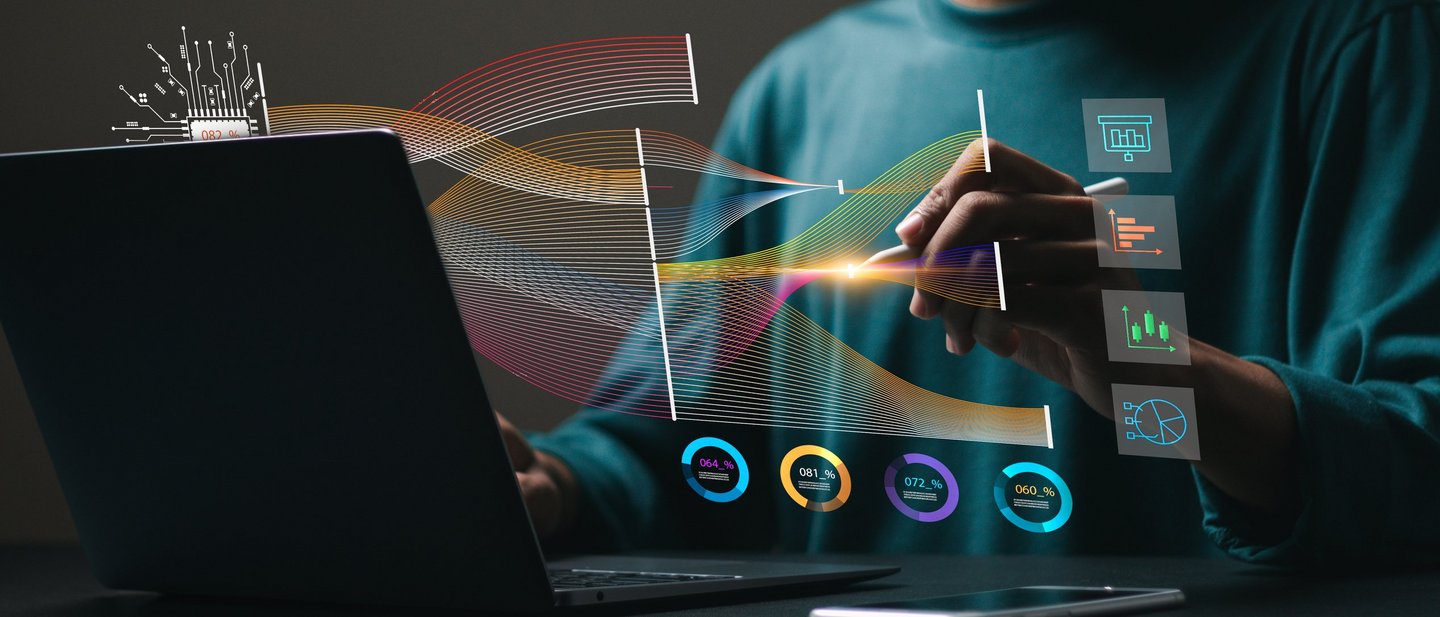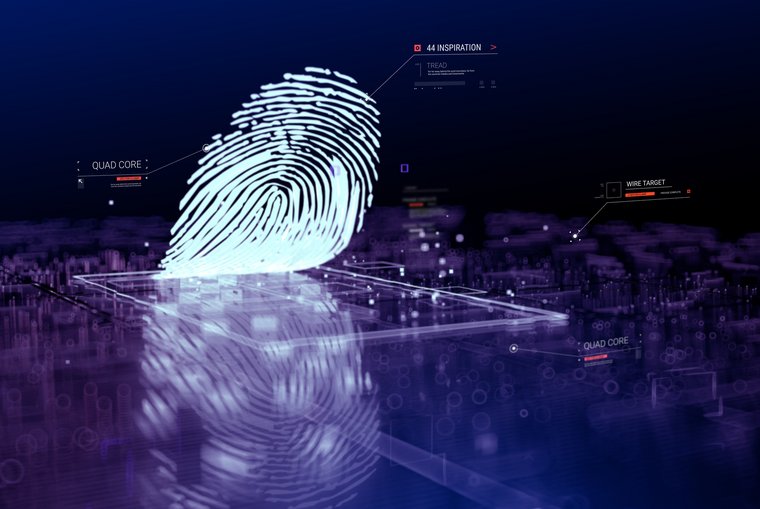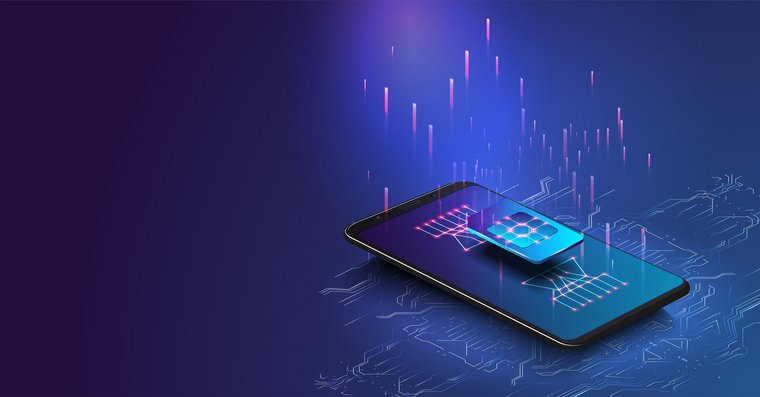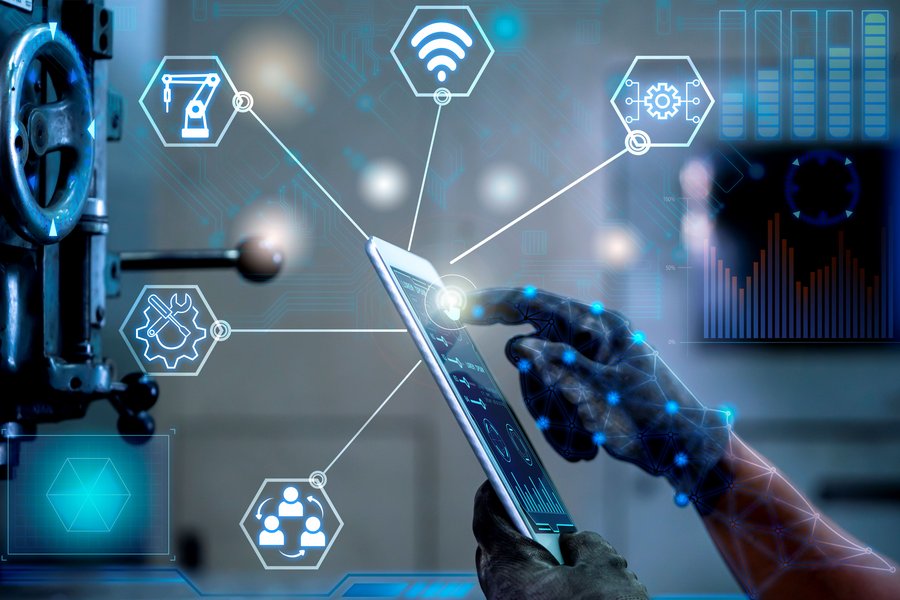Published: 27/09/2024

Empowering a new generation of smart meters
For more than a decade now, across the core markets of electricity, gas, and water, smart meters have become the deployment format of choice for utilities companies as they seek to make more efficient and sustainable use of these critical and finite resources. What’s clear, though, is that the initial generation of smart meters is showing its age and limitations – not least of all in the vital area of connectivity. A proliferation of connectivity technologies, from Zigbee and Wi-Fi to cable and physical SIM cards, have been employed within smart-meter designs around the world. But today, truly mobile connectivity, in the form of digital SIMs (either eSIMs or iSIMs), is heralding a new era of flexibility, cost-efficiency, standardization, and sustainability for smart meters.

2024 is shaping up to be a watershed year for smart meters – all around the world.
Europe and North America have led device adoption: 60% of all electricity meters in Europe are now smart, while take-up in North America is even higher at 80%. The Asia-Pacific region, meanwhile, has seen a wave of large-scale rollouts that have driven the penetration rate to 61%, reports industry research group Berg Insight.1
Adding in gas and water smart meters – where overall adoption numbers may be lower but are growing fast – and the total number of smart meters deployed globally will cross the 1.1 billion mark by the end of the year, according to industry research group IoT Analytics.2
Behind that momentum are some key drivers. Utility companies all around the world are setting themselves ambitious sustainability and efficiency targets that are contingent on the successful creation of smart infrastructures, with smart meters as their data-capture endpoints. Indeed, the widespread rollout of advanced devices will be essential to establish responsive grid systems that can determine the quantities of resources needed by household and industrial users and deliver those where and when they are most needed.
But the power of smart meters works both ways: by providing end-customers with visibility into usage patterns, smart devices will be instrumental in helping to optimize consumption and reducing waste.
The feature that puts the ‘smart’ in ‘smart meter’ is mainly connectivity.
Fresh challenges for the smart-meter industry

To help achieve those goals, smart meters will need advanced connectivity – connectivity that is not just reliable and secure, but also highly adaptable. As Berg Insight stated in a recent report:“The feature that puts the ‘smart’ in ‘smart meter’ is mainly connectivity.” And for smart-device makers, embedding the right level of connectivity in their products presents major opportunities, as well as some major challenges.
The reality is that many smart meters in the field and in production today are early-generation devices that use pluggable plastic SIM cards – the kind used in traditional smartphones – or rely on other connectivity technologies such as Wi-Fi, Zigbee or wired connections. In recent years, it has become all too evident that a reliance on these technologies has serious drawbacks: it hampers the manageability of the connected device, its power usages, and its environmental profile.
eSIM and iSIM technologies enable seamless carrier switching, providing continuous global coverage, unlike the limited, short-distance coverage offered by Wi-Fi and Zigbee networks. The reliability of eSIM and iSIM is significantly enhanced by leveraging the robust infrastructure of cellular networks, which are less prone to interference and hardware failure compared with Wi-Fi and Zigbee. Cellular networks also offer superior security features, such as encryption, secure data transmission, and advanced authentication protocols, with eSIM and iSIM being tamper-proof. Additionally, cellular networks offer cost-efficiency, particularly in large-scale deployments, as they eliminate the need for extra hardware such as routers, mesh networks, and repeaters that are required for Wi-Fi or Zigbee setups.
As a result, the capability to include state-of-the-art connectivity in meters is emerging as the critical success factor for next-generation rollouts of smart meters and the key to making the wider ecosystems more cost-effective, efficient, flexible, and sustainable.
That is where cellular network–based digital solutions such as embedded SIMs (eSIMs) and integrated SIMs (iSIMs) are already transforming the competitive landscape for suppliers of smart meters. In contrast to traditional SIM cards (which typically need to be plugged into devices manually) and local wired or wireless connectivity options (which require local administration), eSIMs and iSIMs enable remote SIM provisioning (RSP) or zero-touch provisioning (ZTP).
To perform effectively over a lifespan that can last 10 years or more, a smart meter needs to be optimized for low power usage, secure and tamper-resistant, electronically compact, and cost-efficient to produce. That is especially important for battery-dependent devices such as gas and water meters, which don’t necessarily have access to an electricity supply.
To meet those key criteria and others, LG U+, the flagship telecommunications and media company of South Korea’s LG Group, chose to use integrated SIM (iSIM) connectivity technology developed by G+D and Sony Semiconductor Israel within its state-of-the-art water meters. With that debut in 2020, LG U+ became the first mobile carrier to successfully deploy iSIM-enabled commercial devices.
For the iSIM, Sony delivered a complete baseband module while G+D provided the iSIM’s operating system, which is securely loaded on the iSIM’s tamper-resistant element during the production of the smart device. The connectivity technology is physically incorporated onto a system-on-a-chip (SoC), resulting in a much smaller form factor then either a pluggable SIM (or even an eSIM) while still retaining all associated security advantages.
At the same time, the G+D/Sony iSIM has been designed specifically for power optimization so it can support long-lasting LTE-M or NB-IoT devices. Such a design is also considerably more sustainable, as it requires fewer materials than the earlier generations of SIM.
As a dedicated microchip embedded in a device’s circuit board, an eSIM can be rapidly loaded or provisioned with the specific connectivity credentials of a chosen mobile network operator (MNO) – either in the factory before deployment or remotely over-the-air (OTA). And the reprogrammable nature of digital SIMs also means they can be reprovisioned when necessary.
Taking that a step further in terms of size, sustainability, and power optimization, smart-meter makers are looking to put even more sophisticated connectivity at the very heart of their devices by using an iSIM, which integrates connectivity directly into a device’s system-on-a-chip as an isolated and ultra-secure hardware component.
0 billion
Smart meters deployed globally by the end of 2024
(IoT Analytics)
0%
Predicted growth in the number of IoT eSIM and iSIM connections, 2024–2028
(Kaleido Intelligence)
Born Connected® smart meters
By provisioning connectivity via eSIMs and iSIMs, smart-meter manufacturers can empower their customers to more effectively deploy and manage large estates of meters, helping them to deliver on the sustainability promise of smart grids. They are able to:
- Eliminate the manual processes associated with physical SIMs
Using eSIMs and iSIMs reduces production costs significantly as profiles can be automatically loaded in the factory and, if necessary, updated remotely at a later date when devices are in the field. That eliminates the cumbersome and error-prone process of plugging a physical SIM card into each device at rollout – or, even more burdensome, sending teams out to change SIM cards in devices that have already been deployed. - Create more sustainable SIMs
By using digital SIM technology, millions of plastic cards (as well as their protective plastic mounts) can be removed from the smart-meter production process. It is estimated that more than 4 billion physical SIM cards are created each year, an activity that is responsible for generating more than 560,000 tons of CO2 and consuming more than 18,000 tons of plastic. Moreover, research shows that, over a complete product life cycle, an eSIM generates 46% less CO2 emissions than a standard SIM card. As a result of its significantly smaller chip area, an iSIM is even greener, with some estimates showing its production consumes 10 times less CO2. - Establish a single interface to the world’s MNOs
While a pluggable SIM is locked to a single mobile or virtual network operator (MNO), the use of an eSIM means the device’s connectivity can be reprogrammed if a client selects a different operator or deploys smart meters in areas where their default communications provider does not offer service. That reduces costs and increases flexibility by eliminating the need to physically change SIM cards when the device is used with a new operator. G+D’s eSIMs, for example, work with almost every one of the world’s operators (600+ networks) – by virtue of the fact of G+D is the supplier of the eSIMs used in Apple iPhones, including the eSIM-only iPhone 14 and 15. The benefits for smart-meter makers are clear, observes Robert Leibfarth, Director Product Strategy, G+D: “The absence of a physical SIM in a smart meter means no downloads in the field, significantly easing logistics, speeding up processes, and allowing for fast customer onboarding.”
The goal is to ship devices from the factory that are ‘Born Connected®'.
- Enable digital profile injection and low power usage on device
By loading MNO profiles on the device’s digital SIM in the factory, power usage on the deployed device is kept to a minimum. That is especially important with gas or water meters, where the device might be powered by a battery (rather than being connected to the electricity supply). “Smart-meter companies can have a single model and, at production time, load the customers’ connectivity credential of choice, thus streamlining logistics and dramatically reducing production costs,” says Leibfarth. “The goal is to ship devices from the factory that are ‘Born Connected®’”, he adds. - Use a management platform to streamline provisioning
Smart-device manufacturers can gain a further competitive edge by using a console such as the G+D’s AirOn360® managed service platform for in-factory profile provisioning (IFPP), as well as remote SIM provisioning (RSP) for loading or updating the profile of devices over the air via the new GSMA standard for IoT devices, SGP.32.
“A smart-meter manufacturer can hook their factory up to our managed service via an API and eliminate the manual processes associated with physical plastic SIM cards,” says Leibfarth. Such a platform can offer the kind of flexibility smart-meter companies need, he highlights. A production line set up to load Telstra subscriptions on 10,000 meters for an Australian customer, for example, can easily be switched to load thousands of Vodafone subscriptions on the same model of meter for a German service operator. - Exploit batch as well as live download modes when loading profiles
The provisioning of digital MNO profiles on hundreds of thousands of devices can be achieved either online or offline. If there is a concern that the loading process might be interrupted by a network or power outage, smart-device makers can use a batch capability to download profiles from a provider’s servers and insert digital SIM profiles in an offline mode.
Pioneering standards for smart-meter provisioning

As an acknowledged pacesetter in eSIM and iSIM enablement in both the consumer and IoT/M2M space,3 G+D is playing a key role in establishing common industry standards that help smart-meter makers and other users to more confidently – and cost-effectively – manage the provisioning of smart devices.
New standards being defined by the MNO industry body GSMA are designed to streamline in-factory and OTA provisioning, including GSMA SGP.32, for the remote provisioning of eSIMs, and SGP.42 for the loading of device- and region-specific MNO profiles onto eSIMs and iSIMs during device production. Those evolving specifications are being supported across G+D’s full stack of connectivity products, including the company’s flagship AirOn360® IoT management platform.
For smart-meter manufacturers, the direction toward eSIM and iSIM is set – as industry analysts predict. Kaleido Intelligence forecasts that the emerging GSMA specifications will spur a rise in the number of global IoT eSIM and iSIM connections of 150% between 2024 and 2028, when the number of IoT eSIM connections will near 2.3 billion, up from 913 million by end of 2024.4
By that stage, smart meters will inevitably be digital SIM-connected devices – by default.
Key takeaways
- The feature that puts the “smart” in “smart meter” is connectivity.
- eSIM- and iSIM-enabled smart meters are a critical enabler for the sustainability strategies of utilities companies
- To streamline rollouts, eSIM/iSIM profiles on smart meters can be loaded at scale during production and then re-programmed remotely in the field, if necessary.
-
The Global M2M/IoT Communications Market, Berg Insight, 2024
-
Smart electricity meter market 2024: Global adoption landscape, IoT Analytics, 2024
-
Pacesetters in 2023 eSIM Enablement Rankings, Counterpoint Technology Market Research, 2024
-
Connectivity Vendor Hub: eSIM New Update, Kaleido Intelligence, 2024
Share this article
Don’t miss out on the latest articles in G+D SPOTLIGHT: by subscribing to our newsletter, you’ll be kept up to date on latest trends, ideas, and technical innovations – straight to your inbox every month.


